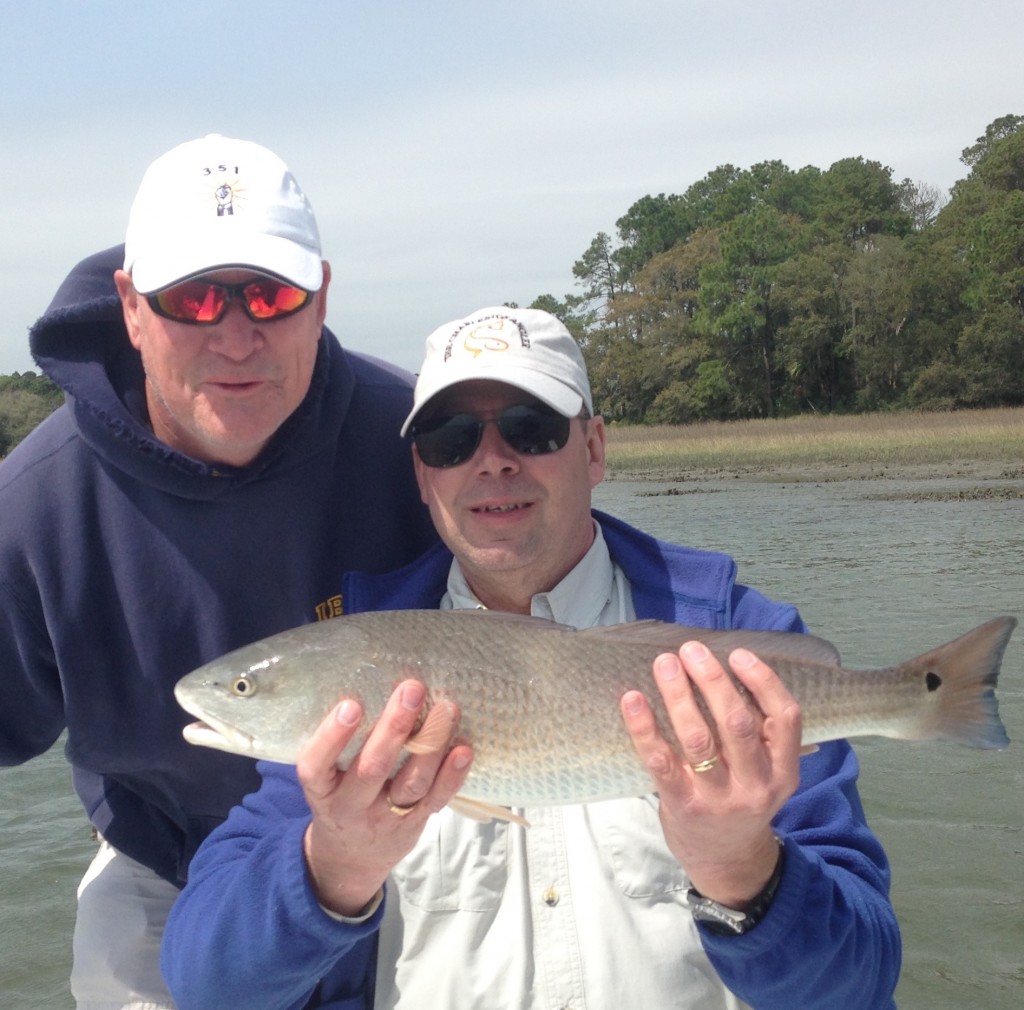Water temperature is one of the key factors that determines the movements of fish and this is true for the smallest of bait fish all the way up to our apex predators. Overall, I would classify many fish as being either tropical or cold water fish. A good example of a tropical fish would be a snook (not found in South Carolina) as they would die quickly in cold water, whereas stripers would be considered a cold water fish. On the other hand, if you look at a species such as redfish we will see that they are found anywhere from Texas, around the gulf coast and up the east coast from Florida to Virginia so these hardy critters may be considered either warm or cold water fish. In many cases, water temperature will directly coincide with the migration of fish and this may be a north – south migration or even an inshore – offshore migration. Lets look at a few examples: during the winter months many of our flounder and sheepshead migrate from inshore waters to offshore waters primarily because the deeper offshore water offers slightly warmer and more stable water temperatures. An example of a north – south migrator might be the mighty tarpon, these fish visit our waters during mid summer and spend their winters in the tropical waters of south Florida. The point is that each species of fish will react to water temperatures differently and the key for us as fisherman is to study these behaviors and movements to better understand when and where fish will be during different seasons.
Inshore:
We are coming to the end of the winter redfish season. Throughout most of the winter we have been finding the reds schooled up on the flats in huge numbers, but as temperatures start to rise these schools will start to break up and the fish will become more mobile. Moreover, reds that were sluggish to take a bait will be looking for something to eat and readily take a well placed offering. As the fish start to change their behaviors we need to make changes as well. We will still be looking for fish on the shallow flats but also be paying more attention to the grass edges, creek channels and oyster bars with moving current to pitch soft plastics, flies and live baits.
Nearshore Wrecks:
Right now the nearshore wreck and live bottom fishing should be firing off with good numbers of fish and a lot of action! The prime targets on the wrecks throughout March will be sheepshead, sea bass and flounder. In particular, flounder will be staging up on the wrecks in good numbers as they get ready to push back to the estuary. These fish are often overlooked by many anglers but armed with the right tactics and a little patience these fish can provide a great day of fishing. The key thing to remember about flounder is that they will not lay on top of the wrecks…in fact, in many cases they will be 30 feet or more off of the structure. I generally like to drift fish for them dropping buck tail jigs or live minnows on a flounder rig over the slack tide.

